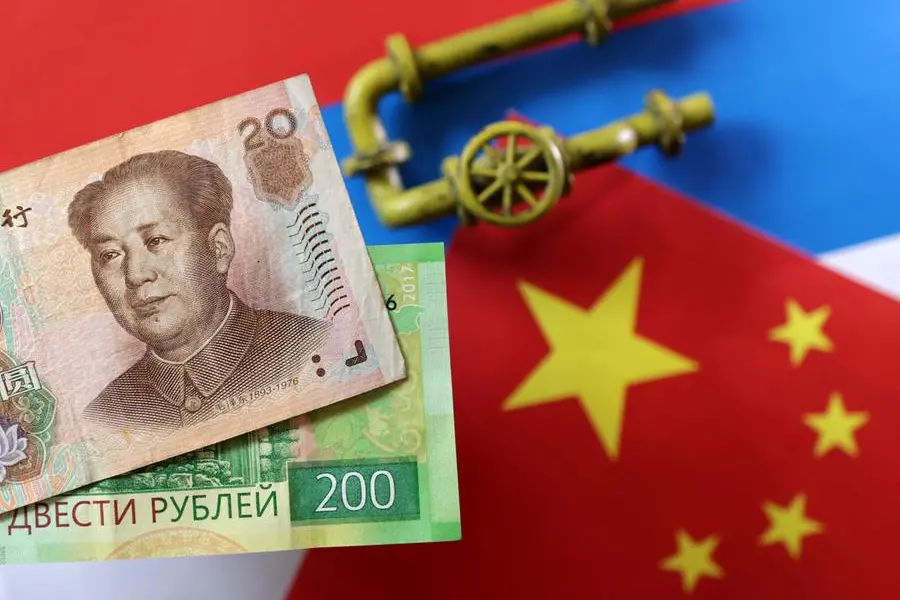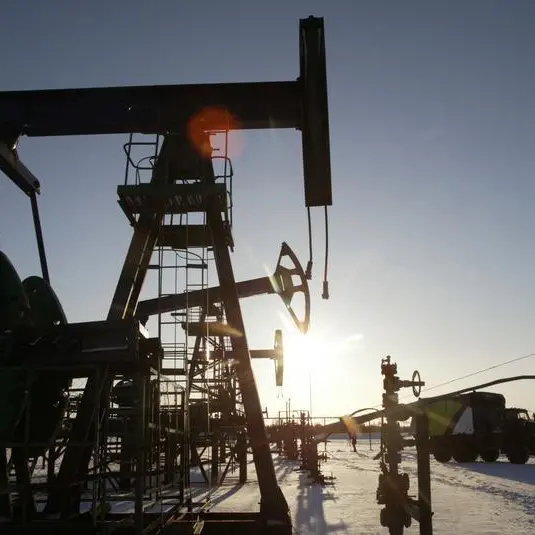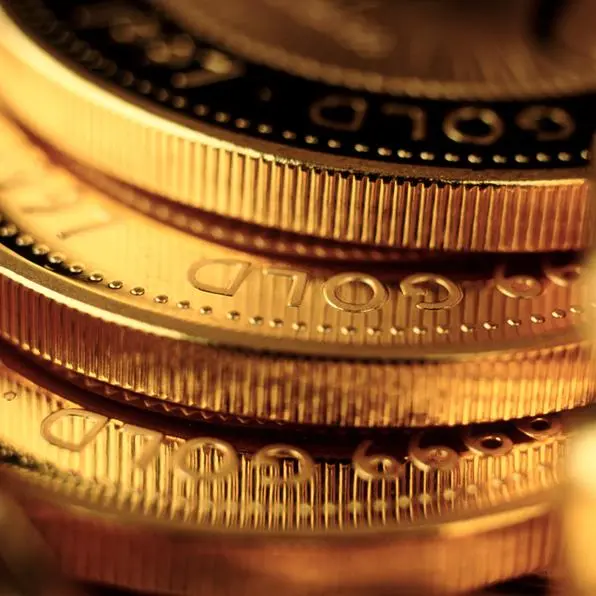PHOTO
(The opinions expressed here are those of the author, a columnist for Reuters.)
LAUNCESTON, Australia: The profit from producing diesel in Asia has been declining as Chinese refiners increased exports to the region, but the looming European ban on Russian refined fuels looms as a potential game changer.
The margin, or crack, to produce a barrel of gasoil, the building block of diesel, from Dubai crude at a typical Singapore refinery dropped to $30.90 on Monday.
This was down from a recent peak of $38.89 a barrel on Jan. 25, but more importantly the crack has been dropping since Chinese refiners boosted exports in the fourth quarter of last year.
The profit margin on gasoil reached a fourth quarter peak of $46.83 a barrel on Oct. 18, and it has slid 34% by the close on Monday.
The drop coincided with a policy shift in China with the authorities granting more quotas to export diesel and gasoline as part of efforts to boost economic activity and allow refiners to capture some of the high margins for refined fuels in Asia.
China's diesel exports rose for a second month in December, hitting 2.79 million tonnes, up 32.8% from November's 2.10 million, according to official data released on Jan. 18.
This equates to about 675,000 barrels per day (bpd) and was the highest since March 2021, and also more than double the 290,000 bpd shipped out in May, which was the weakest month in 2022.
While the increase in China's diesel exports have lowered margins at other refineries in Asia for the transport fuel, it's worth noting that even at the current level the crack remains high by historical standards, having not traded above $20 a barrel in the seven years from 2015 to 2021.
The question for the market is are margins for diesel and gasoline going to continue to retreat as China maintains robust exports, or will the European Union ban on imports of Russian refined products, due to take effect on Feb. 5, lead to European buyers competing for Asian cargoes.
It's worth noting that China's exports of refined fuels in January are likely to be lower than those in December, with Refinitiv Oil Research assessing 1.16 million tonnes, down from December's 2.79 million.
The January figure is likely to rise once late-month cargoes are added in, but the final figure is still on track to be well below the December number.
However, Chinese refiners still have plenty of export quotas available and will likely ramp up shipments of refined products from February onwards.
Refiners in China and India can also withstand lower profit margins better than other export-orientated competitors, such as those in Singapore.
This is because they have been ramping up imports of cheaper Russian crude, thus lowering their input costs.
In practical terms the Group of Seven nations price cap on Russian crude and the EU's import ban have boosted the profitability of Chinese and Indian refiners, while lowering crude revenue for Russia and forcing a re-alignment of trade flows.
RUSSIAN DIESEL
While the oil market has largely been able to work around the exit of Russian crude from Europe by re-routing it to Asia, it may be trickier to replicate this with the loss of Russian refined products.
There is some scope for Russian diesel and gasoline to be re-routed to Asia, but the increased freight cost and tanker availability are likely to prove limiting factors.
The potential markets for Russian products are also likely more limited, with Australia, Asia's biggest diesel importer, unlikely to buy Russian fuel, even though it remains happy to buy diesel and gasoline made from Russian crude at refineries in India and China.
Some Asian fuel importers, such as Pakistan, the Philippines and Indonesia, may be happy to buy Russian fuel, but the discounts would have to be steep.
What's more likely is that Asia's diesel and gasoline markets tighten as the EU ban on Russian fuel comes into effect.
Given that much of the region's spare refining capacity lies in China, it's likely that China's exports will have to rise and stay elevated to prevent refining margins, and thus retail fuel costs, from rising sharply.
(Editing by Christian Schmollinger)





















